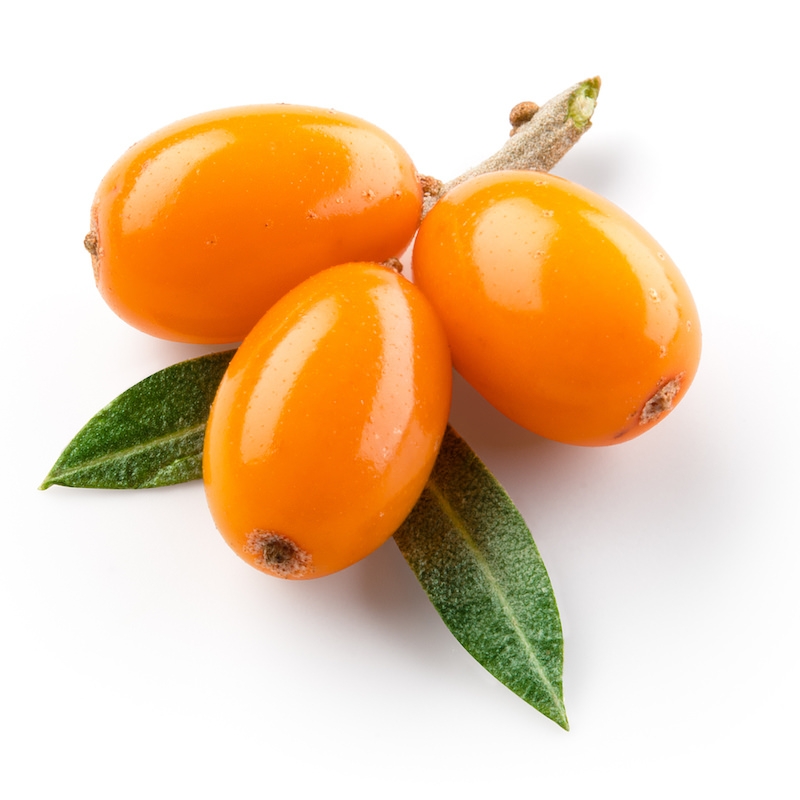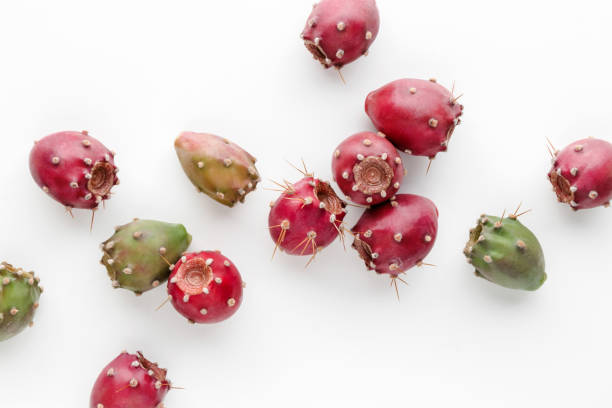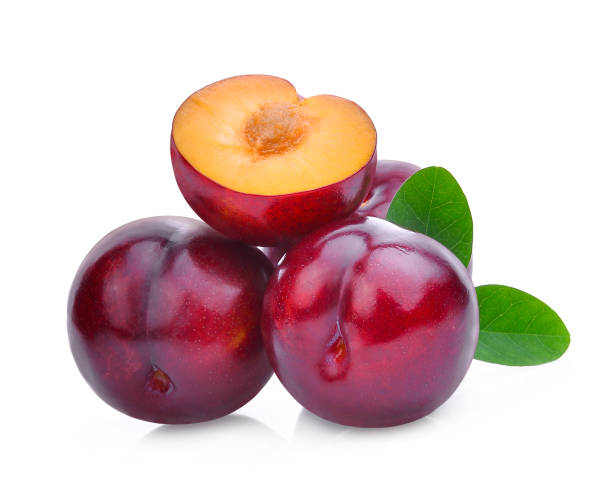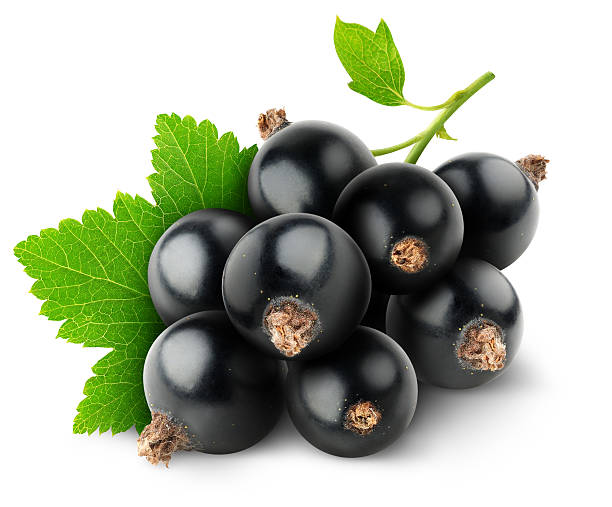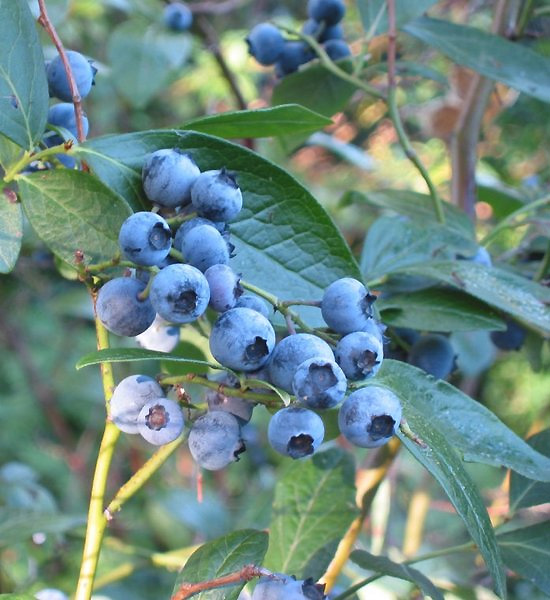Rare Fruits That Can Process Juice
In order to accelerate the development of the export-oriented fruit industry and fruit juice processing industry, it is necessary to actively develop and use fruit varieties suitable for processing fruit juices, especially wild, semi-wild or citation-cultivated small fruits and small berries, which have high nutritional value and are easy to cultivate. The provincial laborers are highly efficient and have recently been actively experimenting or promoting. This article describes several rare, high-value small fruit.
One, sea buckthorn
Also known as vinegar, sour. Deciduous shrubs or small trees. The coriander branch is a genus of seabuckthorn. The main producing areas are the Loess Plateau (Shanxi, Shaanxi, Gansu and Ningxia) and the high altitude areas in Inner Mongolia and Oubei. The fruit is mostly oval in shape and orange in color. The taste is very sour and sweet. It contains 5.4%-12.5% soluble sugar, 1%-2% organic acids, and 40-80 grams of 100-grain weight. It matures from August to September. Fruit contains VC, VE, VA and potassium, phosphorus content in the forefront of fruit and vegetables, and contains more than 20 kinds of amino acids and more than 20 kinds of trace elements, is an advanced beverage and food, an important raw material for the pharmaceutical industry. It can also be used as a fruit tree and economic forest to restore cropland to forests and keep water and soil in the north.
Second, the thorn pear
It is a Rosaceae rose plant, a deciduous shrub. It is mainly distributed in Guizhou’s special climatic and ecological areas. Fruit more oblate spherical, yellow or orange, single fruit weight 10-20 grams. Sweet, sweet and sour, fruit contains sugar, organic acids, vitamins and more than 20 amino acids. The mature period of August-September is the highest VC content in the current fruit category, and is the raw material and fruit of advanced beverages. It can be planted in high-altitude mountainous regions such as Guizhou, where there are few sunshine, low summer and autumn temperatures, warm winters, and small daily temperature differences, and are wet and rainy in Chongqing, south Sichuan, southwest Hunan, and northwestern Guangxi.
Third, cherry plum
Also known as cherry plum, wild plum, plum is. Shrubs or small trees. It is mainly produced in the area of 800-2000 meters above sea level in the south of Yili, Xinjiang. Fruit like cherry, yellow, red or nearly black, sugar 5% -7%, citric acid 4% -7%, concentrated acid sweet. Mature in August. Recently, Yili State has set up a large-scale wild plum juice plant. It can be planted in the northwest, north China and Liaoning where the extremely low temperature is higher than -35°C.
Four, black currant
Also known as black beans, it is a shrub of the genus Saccharum of the Saxifragaceae family. The main production of black, Kyrgyzstan, Liaoning, Gansu, Inner Mongolia and other places. Fruit weight 0.8-1.4 g, fruit sugar 7% -13%, organic acid 1.8% -3.7%, VC content is extremely high (100 g fresh fruit contains 98-417 mg, second only to kiwifruit, prickly pear), is processing black Raw materials for gallons. Mature period in late July. Recently, it has been developing vigorously in southern Yili Prefecture, Xinjiang. It is suitable to plant in areas where the extreme cold temperatures in winter exceed -35°C.
Five. vaccinium
There are mainly lingonberry and mussotaceae. The fruit is rich in nutrients. Hundred grams of fresh fruit contain 400-700 mg of protein, 500-600 mg of fat, VA80-100 international units, VE and iron, calcium, potassium, magnesium, etc., as well as special nutrients such as niacin and flavonoids, and medicine and health care. With low sugar, low fat, antioxidant capacity and other effects. Delicate flesh, sweet and sour taste, fresh and pleasant aroma. It is a good raw material for processing juices, jams, fruit wines, preserves, etc. It is also an important health food product recognized by the same industry. It is sold at a high price internationally (US$10/kg in the US wholesale market). China’s main producing areas are Heihe and Kyrgyzstan provinces. Recently, the United States has introduced improved varieties and cultivated good varieties adapted to the cultivation in the south. The main plant is commonly known as stalk and berry, and it needs to be developed and tested. The blueberry tree is 0.3 meters high. The shrubs, also known as red beans and gums, are dark red, 8–10 mm in diameter, and mature in August. The bilberry tree is 0.5 meters high. The shrub, also known as blueberry, grows on the moist slopes of Changbai Mountain, within the sparse forest, on the alpine belt, and in mossy water.
Post time: May-17-2022

